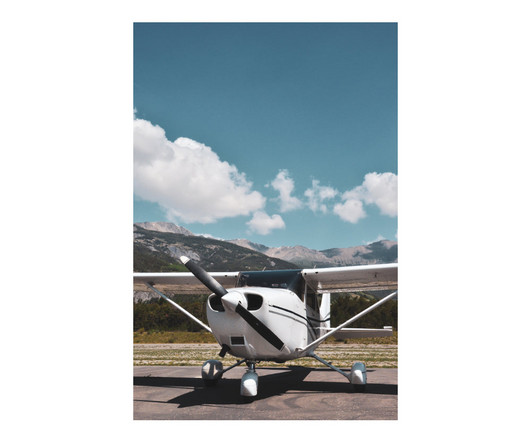How to Master Slow Flight (Step-By-Step)
Pilot Institute
MARCH 29, 2024
Common mistakes include neglecting clearing turns, delaying stall recovery, and misusing the rudder. Weight : The force gravity exerts on the aircraft. Drag : The aerodynamic force opposing the aircraft’s forward motion. This increases lift but comes at the cost of increased induced drag. What Is Slow Flight?













Let's personalize your content